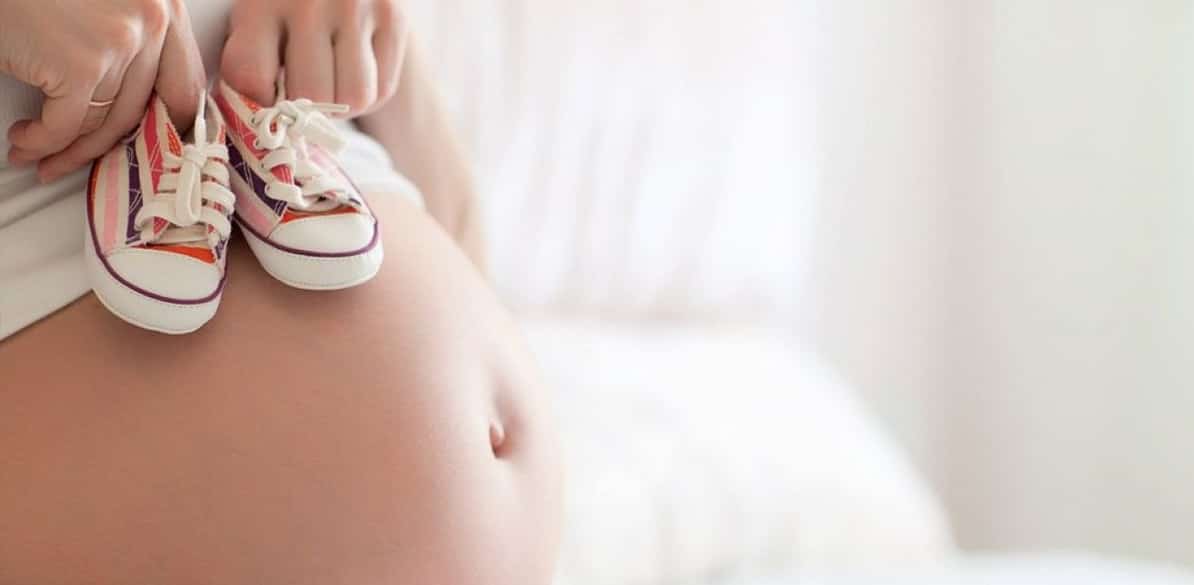Pregnancy and driving
The protection of your baby begins during pregnancy

Many pregnant women still believe that a seat belt could harm their unborn child in the event of a collision. Please, remember that the best way to protect your unborn child is by protecting its mother, and the safest way to do so in a car is by putting your seat belt on.
When driving or travelling as a passenger, bear in mind the following advice.
Pregnancy and driving
In general, pregnant women can drive and travel in cars, using seatbelts normally, unless their doctor advises against it.
In certain cases, as the pregnancy progresses, it may also be advisable to stop driving and travel in another seat. For example, when it becomes impossible to find a comfortable driving position or when the mother’s belly is too close to the steering wheel. There should be more than 20cm between your belly and the steering wheel.
On long journeys, it is advisable for pregnant women to increase the number of breaks and to walk in order to improve circulation.
After childbirth, it is normally recommended to wait 3 weeks after an uncomplicated delivery, and at least 6 weeks after a c-section, before driving again. We recommend consulting your medical professional (your gynaecologist, obstetrician or midwife).
Very important! If you are pregnant you must go to the gynaecologist if you have been involved in an accident, however minor.
Better passenger safety
- Whether you are the driver or the passenger, you must wear your seat belt correctly fastened.
- The safest seat is not the front passenger seat. You should try to sit on the rear seats, and if possible, behind the driver.
- It is best to travel in a spacious and comfortable car. Don’t forget to stop and stretch your legs. It is best to do this every hour or so.
Seat belt. Basic advice
Pregnant women should always use their seat belt: it is the best way to protect both the mother and her unborn child.
Any exceptions should be duly accredited by the appropriate medical professional and there should be a medical certificate attesting to this. If you cannot fasten your seat belt, you should avoid getting in a car, even as a passenger.
Please remember that the airbag is less effective if it is not used in conjunction with the seatbelt. For greater safety, the airbag and seatbelt should be used together. It is important that pregnant women sit as far away from the steering wheel or the dashboard as possible.
This is how the seat belt should be positioned:
Another common mistake is using cushions or pillows on the seat or clips to make the seat belt looser.
When the happy day comes…
The baby must be properly protected in a baby car seat or car cot from his or her first journey from the hospital or maternity ward to his or her new home.
Travelling safely with young children
The guide “Infant and child safety in cars: Child car seats”, drawn up by Fundación MAPFRE and the Federation of Spanish Midwives’ Associations (FAME) is aimed at helping parents improve child car safety.
The guide offers advice for children with special needs, goes into detail on the different types of car seats and highlights the approval standards. The guide also covers Spanish legislation regarding passenger cars, taxis and buses, offers advice on how to choose a good child seat, and lists 10 tips on how to travel safely by car with children.
